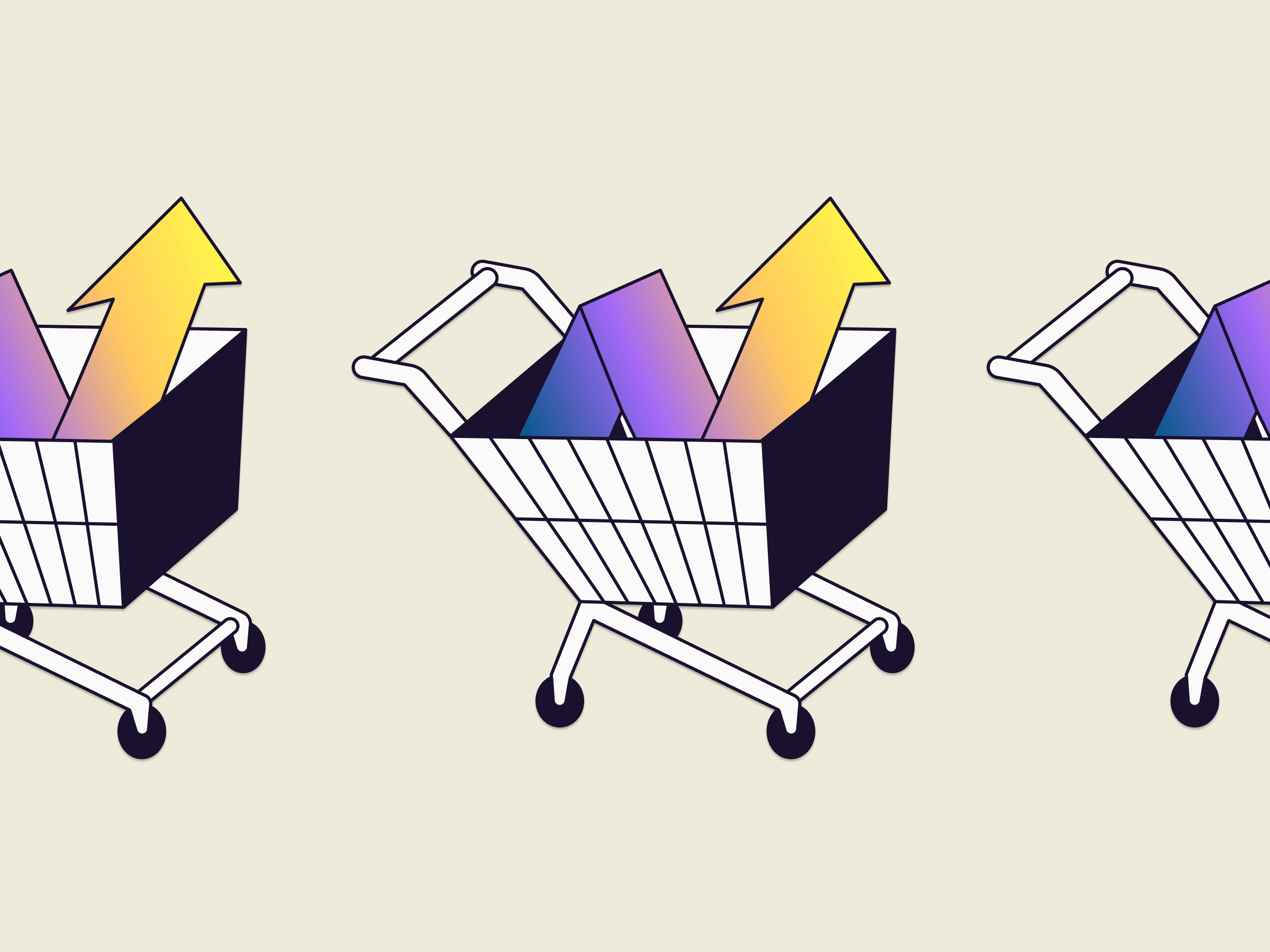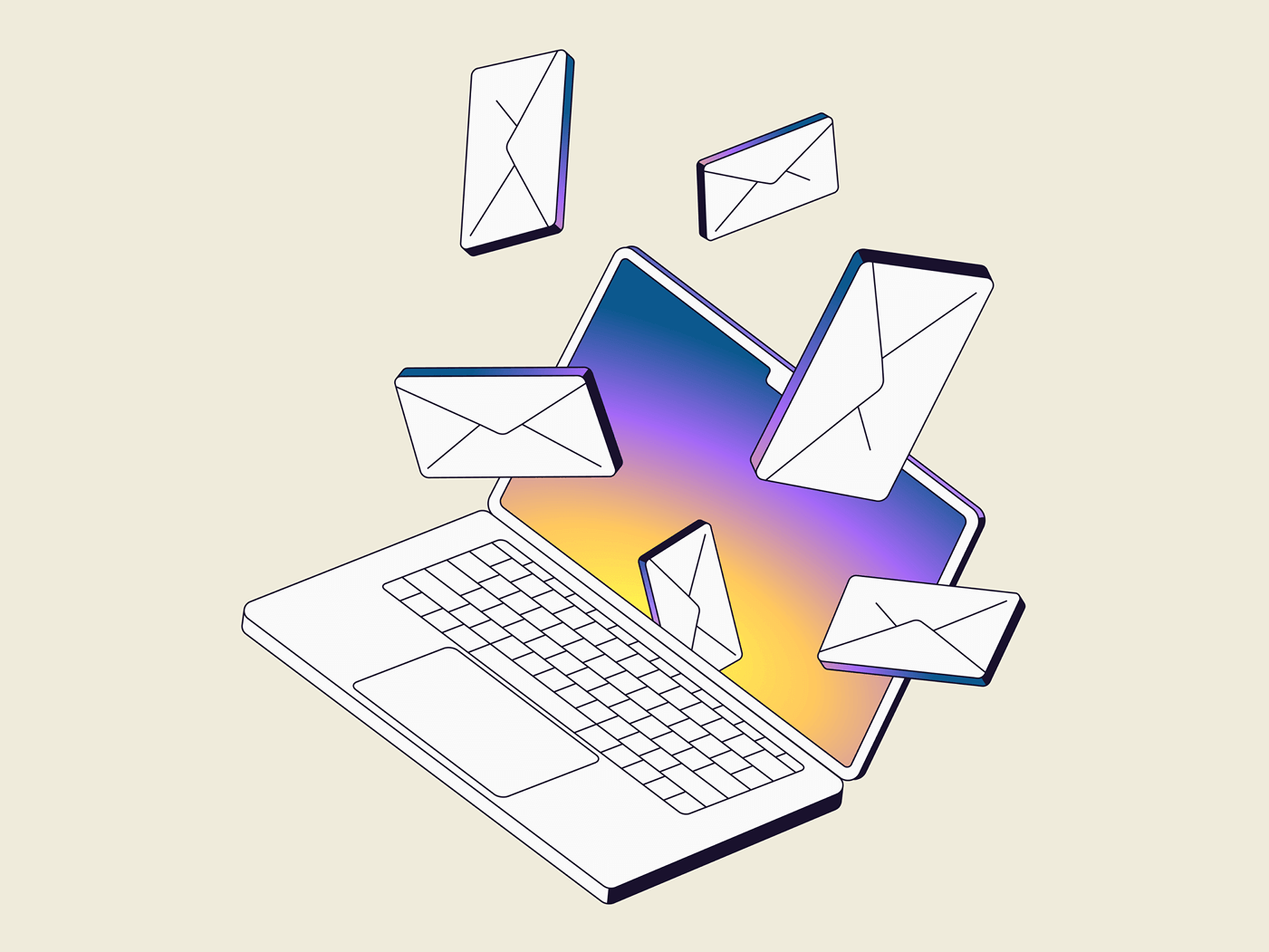Winning the deal is just the beginning—retention is where the real growth happens.
In B2B, landing a new customer takes time, effort, and often a long courtship with multiple stakeholders. But once the ink is dry? That's when the real work begins.
With higher acquisition costs, longer sales cycles, and complex decision-making teams, B2B brands can't afford to treat post-sale communication as an afterthought. Retention isn't just a way to boost revenue—it's how smart companies protect what they've already built.
In this post, we'll break down innovative B2B customer retention strategies, focusing on how email and SMS can help you build loyalty, increase contract renewals, and drive long-term value.
The B2B Retention Challenge
B2B customer relationships aren't like quick-hit consumer sales. They're longer, more layered, and often involve a mix of users, buyers, and approvers. That makes retention more nuanced—and more important.
What makes B2B retention tricky:
- Longer customer lifecycles that require consistent value delivery
- Multiple stakeholders who all need different types of communication
- High expectations around support, education, and outcomes
Why B2B clients churn:
- A rocky or confusing onboarding experience
- Sporadic follow-up or radio silence after the sale
- No clear sense of ongoing value or return
And when churn happens? It's costly. Losing an enterprise client doesn't just hit revenue—it sets back your entire B2B retention marketing strategy.
Why Email and SMS Work for B2B Retention
These channels are often seen as B2C workhorses—but in reality, email and SMS are retention power tools for B2B, too. Used strategically, they complement each other beautifully.
Why email works:
- Scalable: You can onboard 5 or 500 clients with the same smart flow
- Educational: Perfect for sharing insights, tutorials, and reports
- Trackable: Open rates, clicks, and engagement data help you refine over time
Why SMS works:
- Immediate: Great for time-sensitive updates or personal touchpoints
- Relational: Comes from a human, not a brand account—ideal for account managers
- Disruptive—in a good way: It cuts through the noise of inboxes and Slack pings
Together, email and SMS form a layered retention strategy that meets clients where they are. The most effective B2B retention strategies use these tools together to deliver timely communication, build trust across teams, and keep your solution top of mind.
Strategic Use Cases for Email in B2B Retention
Done right, email keeps enterprise clients informed, supported, and engaged—without overwhelming them.
1. Onboarding Sequences
- Step-by-step guides for setup and product adoption
- Meet-the-team intros
- Resource libraries and help center links
2. Ongoing Education
- Weekly or monthly tips on maximizing product value
- Case studies tailored to industry or use case
- Feature spotlights and success stories
3. Quarterly Updates & Value Reports
- Recap what's been achieved
- Show ROI, usage stats, or benchmarks
- Preview upcoming releases or roadmap items
4. Re-Engagement Campaigns
- Personalized nudges for inactive users
- Invitations to refresh onboarding or training
- Highlights of underused features they're missing out on
5. Renewal Nurturing
- Start 60–90 days ahead of contract expiration
- Share impact reports and exclusive upgrade offers
- Reinforce ROI and set the tone for expansion
Strategic Use Cases for SMS in B2B Retention
While less common in B2B, SMS can be a high-touch secret weapon—especially when it's used with intention.
1. Personal Check-Ins
- Short, friendly messages from an account manager
- Quick "how are things going?" outreach
2. Real-Time Alerts
- Product rollouts
- Security updates or downtime notices
- Billing or usage threshold alerts
3. Event or Webinar Reminders
- "Starts in 15 minutes—see you there"
- "Don't forget: exclusive client roundtable tomorrow at 11 AM"
4. Milestone Touchpoints
- Work anniversaries, onboarding milestones, or usage goals
- Handwritten-style thank-you notes via SMS
5. Escalation Contacts
- Use SMS for urgent responses during a live issue
- "We're on it—here's your priority contact and case number."
Personalization & Segmentation in B2B
Mass blasts don't cut it. Effective B2B retention depends on delivering the right message to the right person at the right time.
Here's how to make it happen:
Segment smart:
- By company size or industry vertical
- Based on the renewal date or product usage
- By role: decision-maker vs. end-user vs. technical lead
Personalize intentionally:
- Use CRM or CDP data to tailor content
- Trigger campaigns based on behaviors (e.g., not logging in, hitting usage goals)
- Include relevant names, team members, and account details
Real-World Tactics That Drive Retention
Brands that treat post-sale communication as a continuation—not a conclusion—see better results.
For B2B SaaS customer retention strategies especially, automation and personalization can be the difference between a passive contract and an active, engaged account.
Here's how some are doing it:
- A SaaS platform sends monthly "health score" emails with usage stats and upsell opportunities
- A logistics software company uses SMS to confirm onboarding meeting attendance and follow-ups
- One of our clients at Stimulate implemented a quarterly ROI report flow that led to a 28% increase in contract renewals
Metrics to watch:
- Engagement rates (opens, clicks, replies)
- Product usage after onboarding
- Time-to-renewal and upsell pipeline growth
Final Thoughts: Retention Is a Long Game—Play It Strategically
Keeping enterprise clients engaged is about more than just sending a few emails after the sale. It's about building trust, proving ongoing value, and showing up consistently.
Email and SMS aren't just for B2C.
They're flexible, scalable tools that—when used right—can help you nurture every stakeholder and protect every contract.
Want to build a B2B retention strategy that actually scales?
Let Stimulate help you turn email and SMS into long-term growth engines—tailored for the unique dynamics of B2B.
👉 Book a free strategy call with Stimulate and let's map out what comes after the close.

.webp)
.webp)
.webp)
.png)
.webp)
.webp)
.webp)
.webp)
.webp)
.webp)
.webp)
.webp)
.webp)
.webp)
.webp)
.webp)
.webp)
.webp)








